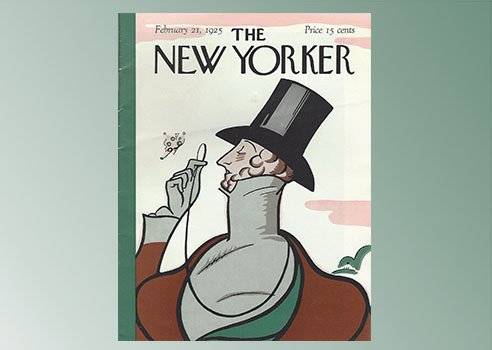Word count: 447 words
Reading time: Less than 2 minutes
This is my weekly installment of “writing about writing,” in which I scan the world to find websites, books and articles to help writers. Today I discuss an article written by Cody Walker.
If you’ve read my blog for awhile, you will have noticed that I read the New Yorker. Religiously. Audaciously. Relentlessly. You might even wonder if I’m obsessed by it. Well, it turns out that I am. It’s my favourite magazine by a country mile; I think it contains some of the best non-fiction in the English speaking world today. It most certainly contains some of the best cartoons. In fact, it may even contain some of the best fiction, but I don’t generally read short stories so I can’t comment on that.
One of my Vancouver readers, David Ferman, kindly sent me a link to a New Yorker [online] article last week. Written by Cody Walker, a poet and teacher at the University of Michigan in Ann Arbour, the piece described how he had used the magazine’s cartoon caption-writing contest as a way to teach his students the value of the well-crafted sentence.
In fact, reading his supremely well-written essay and learning about the thoughtfulness with which he’d applied my favourite magazine to his lessons, I was suddenly struck by the desire to take a writing course at the University of Michigan.
Here is the first paragraph of Walker’s article:
Around eight years ago, when I was teaching a writing course at the University of Washington, I made a change to my syllabus: students would be required to read each week’s New Yorker, cover to cover. We pored through the letters, the Profiles, the television reviews. No Critic’s Notebook went unnoted, no shout (or murmur) unheard. I asked everyone to bring in several sentences (a John McPhee scale-balancer, a Hilton Als dart) that they wished they had written themselves. All of this reading and highlighting (along with the discussion that followed) proved useful: my students’ writing soon displayed more of the “snap, go, fling” that Whitman praised (he was talking about baseball, but it applies to essay writing as well). But the most important addition to the class was the request that the students try their hand at the cartoon-caption contest—a seemingly fun assignment, but one with serious consequences. As I’ve now preached to countless students (first in Seattle and, more recently, in Ann Arbor), working on captions will make you a better writer.
But, frankly, it’s worth reading the whole damn thing. Besides, you get to enjoy some really amusing cartoons — and Walker’s clever captions for them — along the way.


